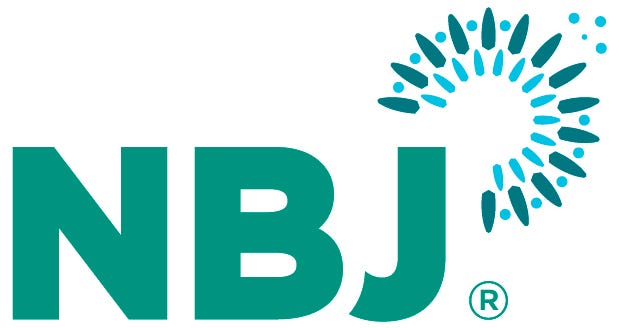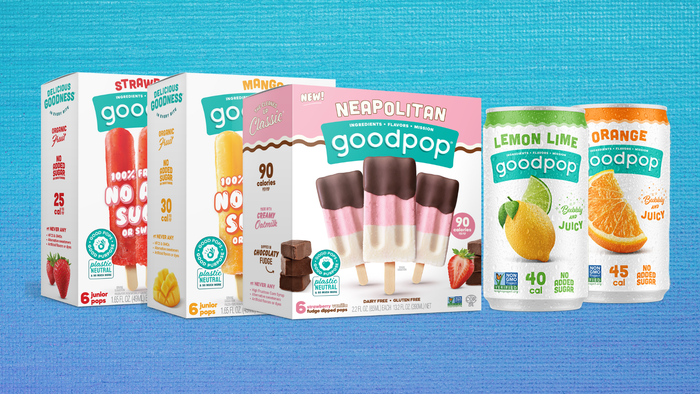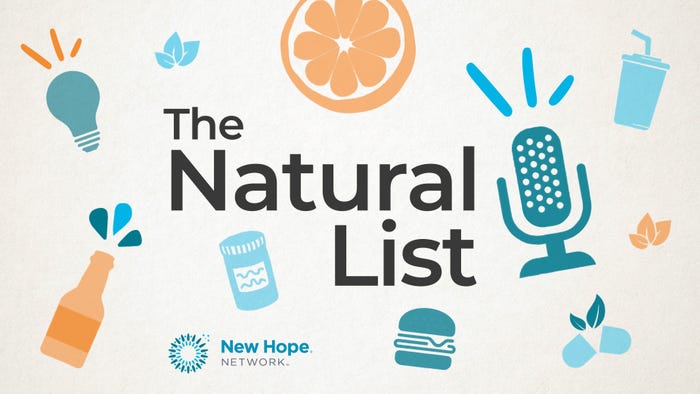
Welcome to my first issue as editor-in-chief of NBJ. It’s an honor to be taking the reins of such an important resource for this industry, and I look forward to honoring the legacy of NBJ while also exploring new ways to deliver vital context around the ever-evolving business of nutrition. Though our amazing staff already had this issue well underway when I arrived, I’ve had the pleasure of poring over their data and insights to help shape what you’re now reading.
And while there’s no topic in our industry that I wouldn’t be excited to dive into, I’m particularly thrilled that my first issue is on the topic of clean label—thrilled because this movement is vitally important in theory and incredibly complex in practice. And complicated puzzles are always the most fun to solve.
The first challenge, of course—and the one that dominates this issue—is figuring out just what “clean label” means. While there’s a natural desire to give it a firm definition and perhaps view it as something new, the reality is that “clean label” is merely a phase in the evolution of the natural and organic industry. It’s a subjective term applied to a movement, like “high impact” in the gym world or “the sharing economy” in tech.
But while “clean label” may not have a firm definition (see box on page 1) it’s a response to very clear consumer demands, which means we can identify it even if we can’t precisely explain it. Or, in the words of Supreme Court Justice Potter Stewart’s famous test of what constitutes pornography: “I know it when I see it.”
What we see is a consumer preference for shorter, simpler ingredient lists and transparency in both production and sourcing. That means reducing the overall number of ingredients, eliminating artificial additives or replacing them with “cleaner” alternatives, and sourcing closer to home (or, at the very least, not sourcing from countries and regions that consumers don’t trust).
As you’ll see in Rick Polito’s cover feature, companies who have embraced clean-label goals have seen quick returns. Whether or not consumers can define “clean label” (the reality is that few have even heard the term), they are increasingly showing a preference for products created and packaged with those values.
One big question for manufacturers is whether or not “clean label” should become a marketing term or even something that gets a certified designation. The fear is that if our industry puts a fuzzy term out into the marketplace, it will end up in courts the way that “natural” is right now. So it may be best to keep this more inward facing—industry shorthand for the drive toward more wholesome supplements and packaged foods. It could be our version of the Google corporate motto: “Don’t be evil.”
Yes, there’s room to debate what constitutes “evil” or “clean,” but if a company is doing that, it’s probably trying to get away with something it shouldn’t be.
About the Author(s)
You May Also Like





